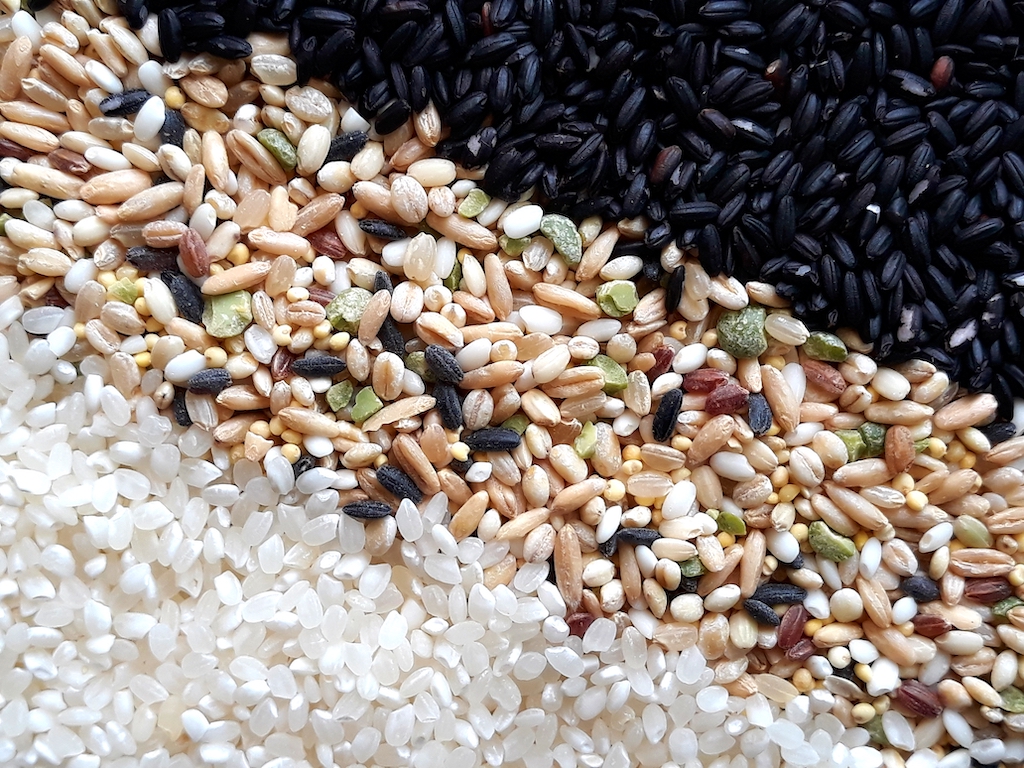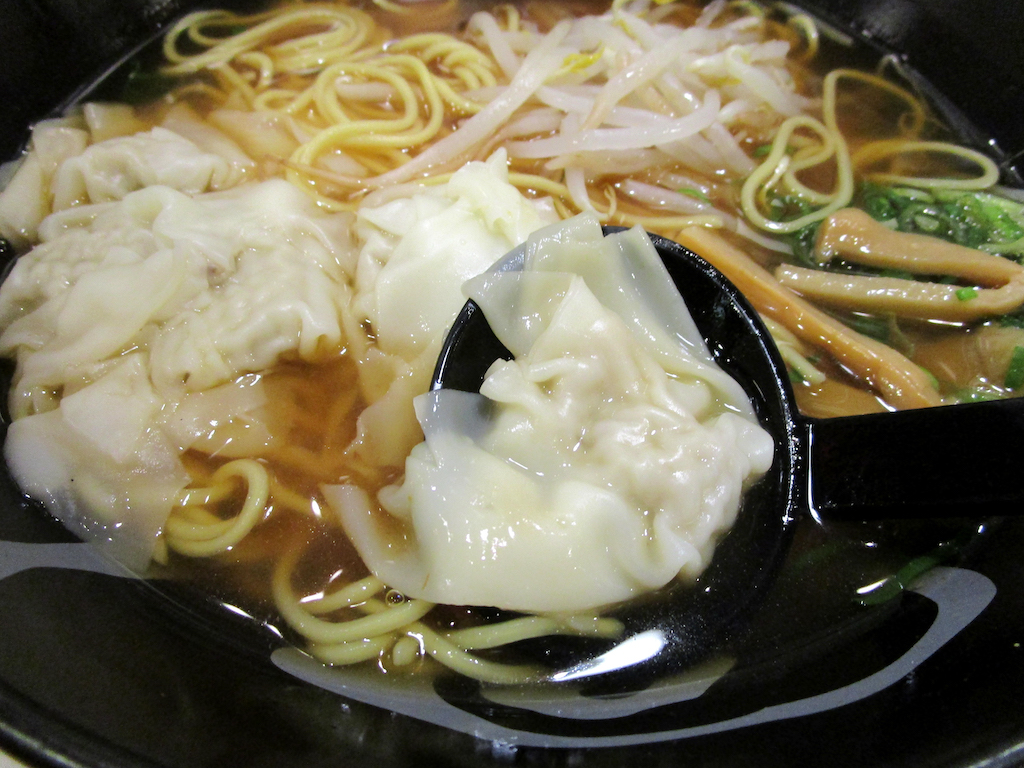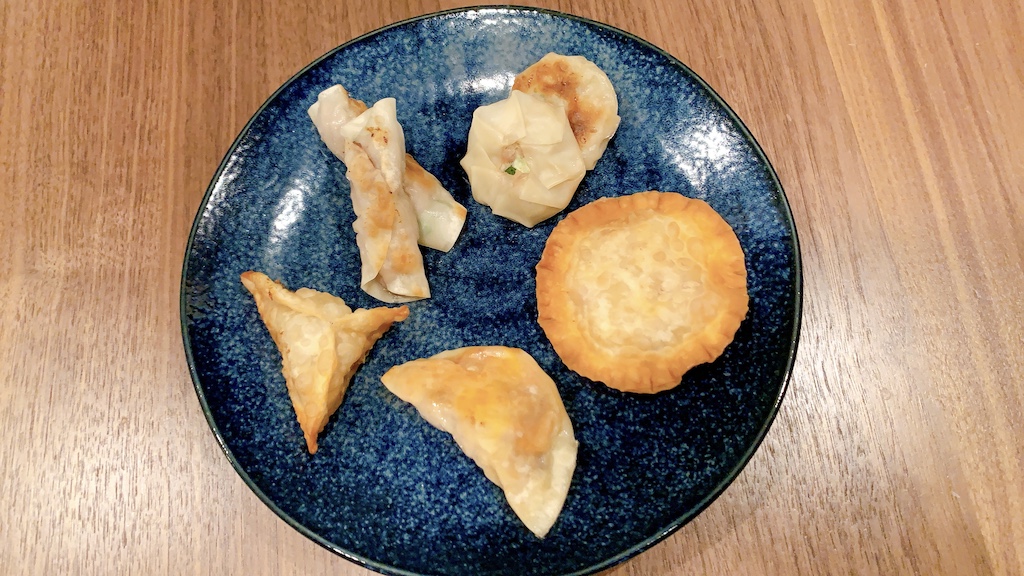Do you like rice and what do you think is the best rice?
I used to eat brown rice when I lived in Hawaii. I loved the texture and its flavor!
But, interestingly my taste in rice changed as I get older. Now I’ve been eating white rice, and I think the freshly cooked white rice is ridiculously delicious just by sprinkling salt.
Anyway, If you try to sort out the types of rice in Japan, you would be surprised that there are more than you think.
Here, I would like to introduce 9 different types of Japanese rice and those features.
- 1. Brown Rice (玄米 Genmai)
- 2. Germinated Brown Rice (発芽玄米 Hatsuga-genmai)
- 3. Rice with the Germ (胚芽米 Haigamai)
- 4. Polished Rice with a Certain Proportion of the Bran Layer (分搗き米 Buzukimai)
- 5. White Rice (白米/精米/精白 Hakumai/Seimai/Seihakumai)
- 6. Wash-free Rice (無洗米 Musenmai)
- 7. Quickly Cookable Rice (早炊き米 Hayadakimai)
- 8. Rice with Mixed Grains (雑穀米 Zakkokumai)
- 9. Rice with Barley (麦ごはん Mugigohan)
1. Brown Rice (玄米 Genmai)
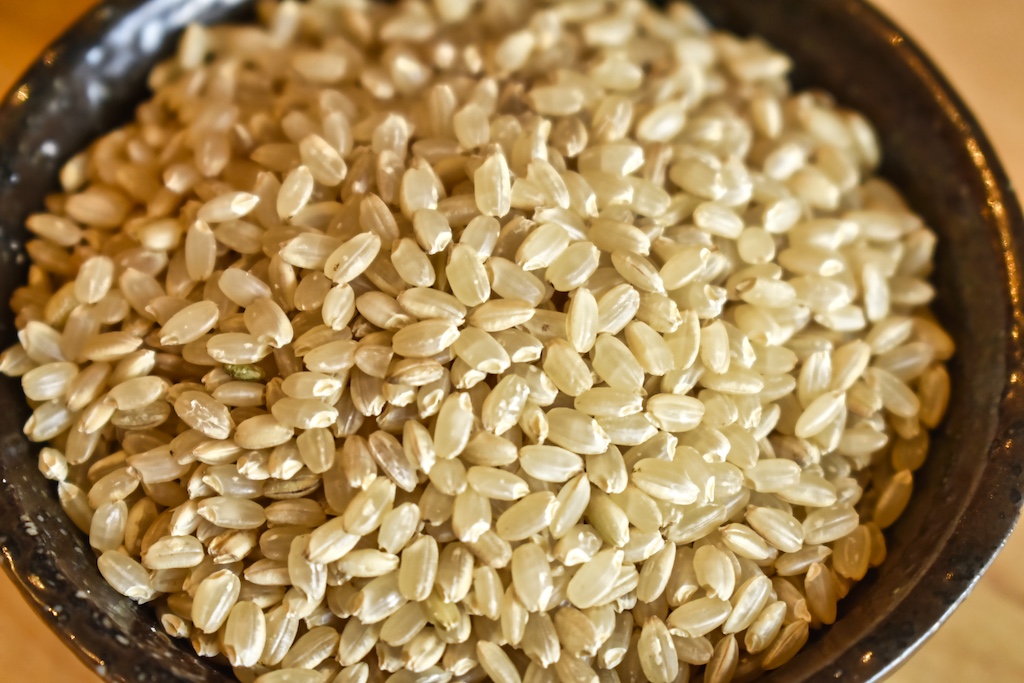
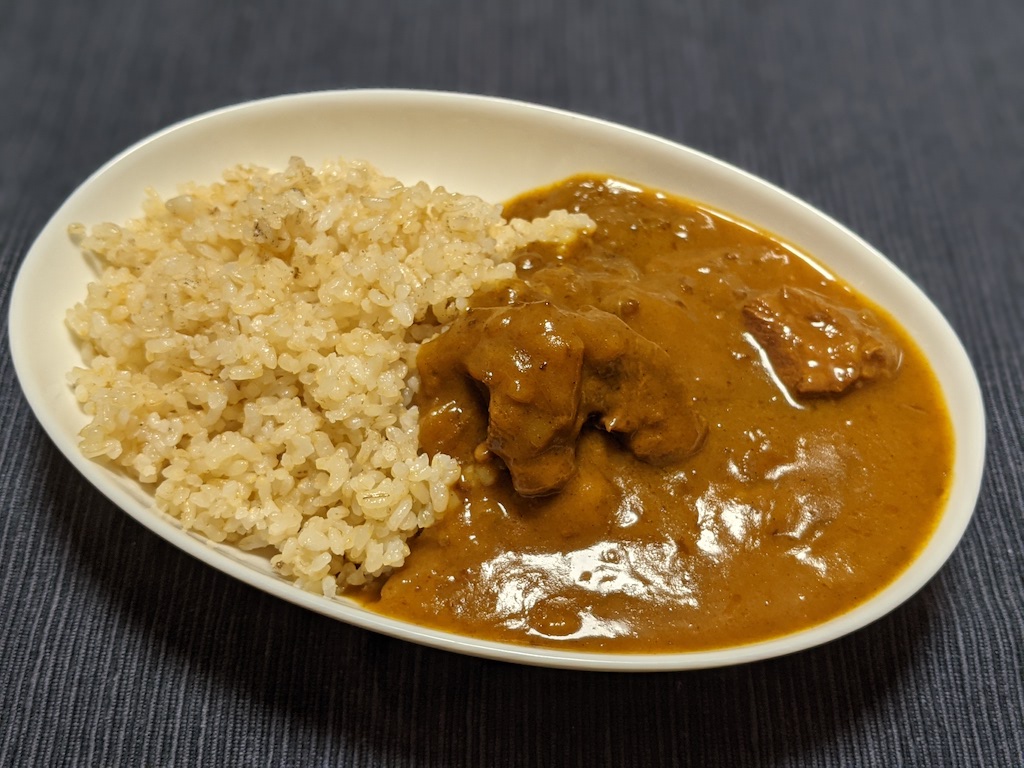
Brown rice is the rice with rice husks removed (whole grains). Also, it is a basic ingredient for the following other type of rice in Japan. The bran layer is very nutritious and contains vitamins and fats necessary for germination.
When brown rice is cooked with a rice cooker for white rice, it is hard to digest and the texture tends to be dry and poor. That’s because the bran layer is hard compared to albumen part, and fats contained in brown rice has hydrophobicity. So, probably you should cook brown rice with a pressure cooker or a rice cooker for brown rice. In that way, the brown rice will be easy to digest and rich in taste.
Because the bran and germ contain fat, it is more susceptible to deterioration than polished rice when stored at room temperature.
2. Germinated Brown Rice (発芽玄米 Hatsuga-genmai)
It is made by slightly germinating brown rice. It’s said to be a type of sprout, and it is more nutritious than brown rice.
Good things are that the taste and texture are better than the brown rice, and easier on your stomach even if it’s cooked with a rice cooker for white rice.
Unfortunately, the production cost is relatively high, so the price of germinated brown rice is usually high. Some commercially available products dormant the progress of germination.
3. Rice with the Germ (胚芽米 Haigamai)
Rice with the germ is made by remove only the bran layer from brown rice, in other words, polish the rice but leave only the germ. Visually, it is polished as white as white rice, and only the germ remains.
According to Japanese standards rice with 80% or more of germ left by weight can be called “rice with the germ (haigamai)”. Generally, it is so difficult to finish rice that meets this standard at home, and it is necessary to use a dedicated large rice mill.
Nutrition level of this type of rice is about halfway between brown rice and white rice. It is more digestible than brown rice and can be cooked in a rice cooker for white rice.
Usually more expensive than white rice.
4. Polished Rice with a Certain Proportion of the Bran Layer (分搗き米 Buzukimai)
Polished rice from brown rice with a certain proportion of the bran layer has the name “buzukimai” in Japanese. Some people eat rice after thirty percent threshing, half threshing or seventy percent threshing.
Nutrition level is about halfway between brown rice and rice with the germ, however, it depends on the amount of bran layer remaining.
5. White Rice (白米/精米/精白 Hakumai/Seimai/Seihakumai)
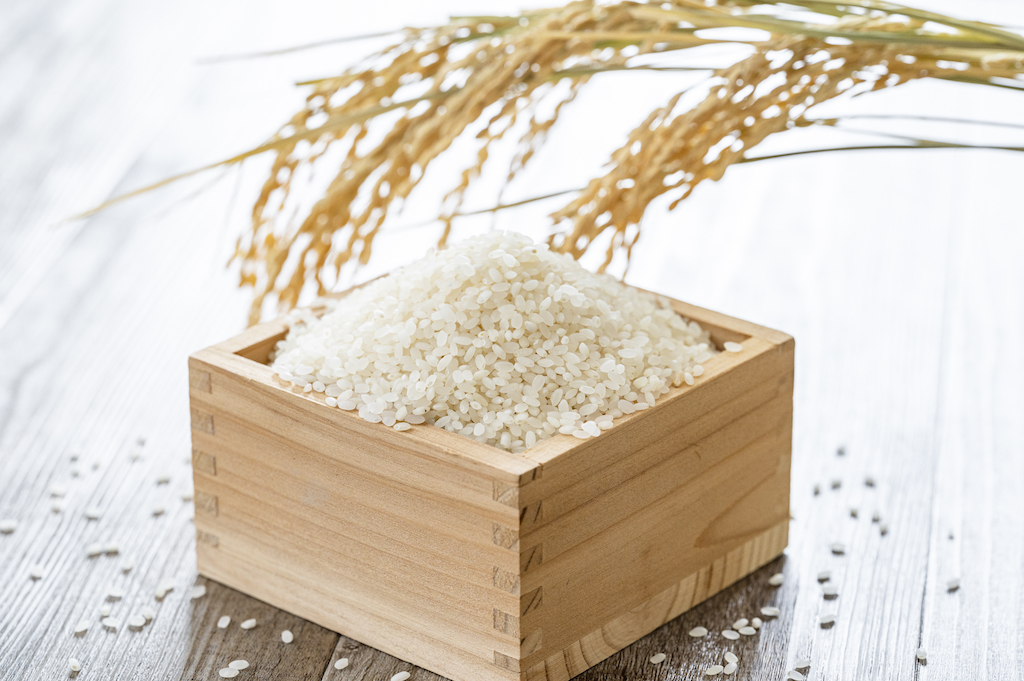
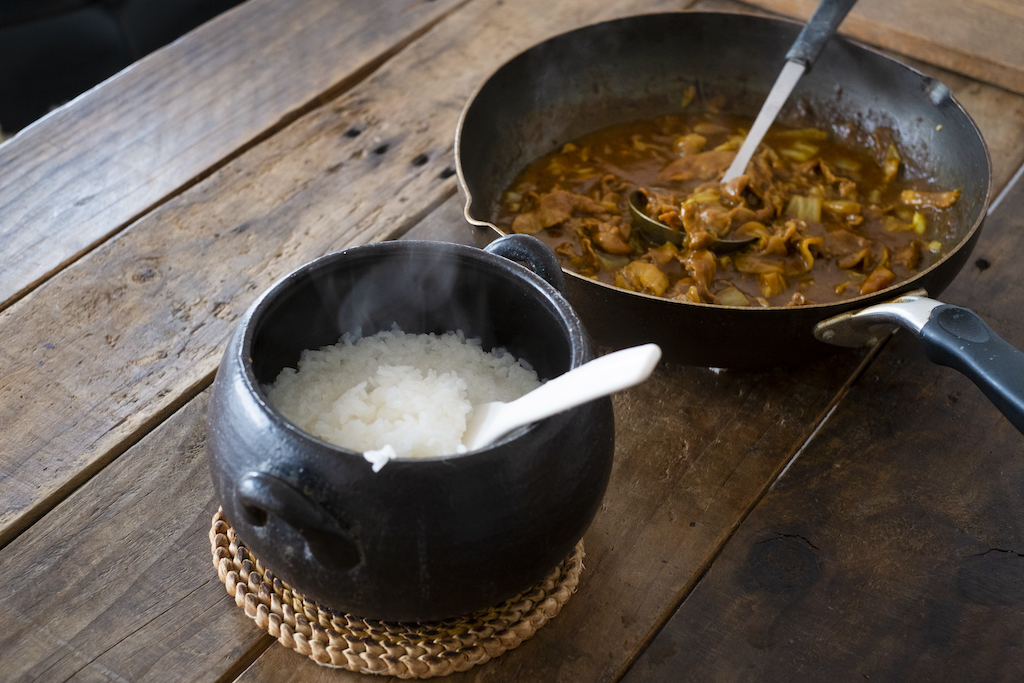
White rice is made by polishing brown rice and removing the bran layer and germ. This is the most eaten staple rice in Japan, and people cook it in a rice cooker after washing the rice. Therefore, rice cooker on the market in Japan mainly targets white rice.
The taste of white rice is plain and simple, so it matches so well with various kinds of dishes.
6. Wash-free Rice (無洗米 Musenmai)
The reason why you don’t need to rinse this rice is that the bran powder adhering to the surface of the polished white rice has been removed. You really shouldn’t wash this type of rice otherwise nutrients dissolve when rice is washed.
Although the price is generally higher than the normal white rice, some people prefer wash-free rice so that they can save water bills and to avoid the troublesome work.
7. Quickly Cookable Rice (早炊き米 Hayadakimai)
Special treatment is applied in the manufacturing process so that it can be cooked in a short time. The treatments are the followings:
(1) Heat the rice and destroy the cell wall in advance to gelatinize the rice starch. (2) Crack the surface of rice grains to facilitate water penetration. (3) Finally dry the rice well.
From here, they are the rice that puts other things in when cooking
8. Rice with Mixed Grains (雑穀米 Zakkokumai)

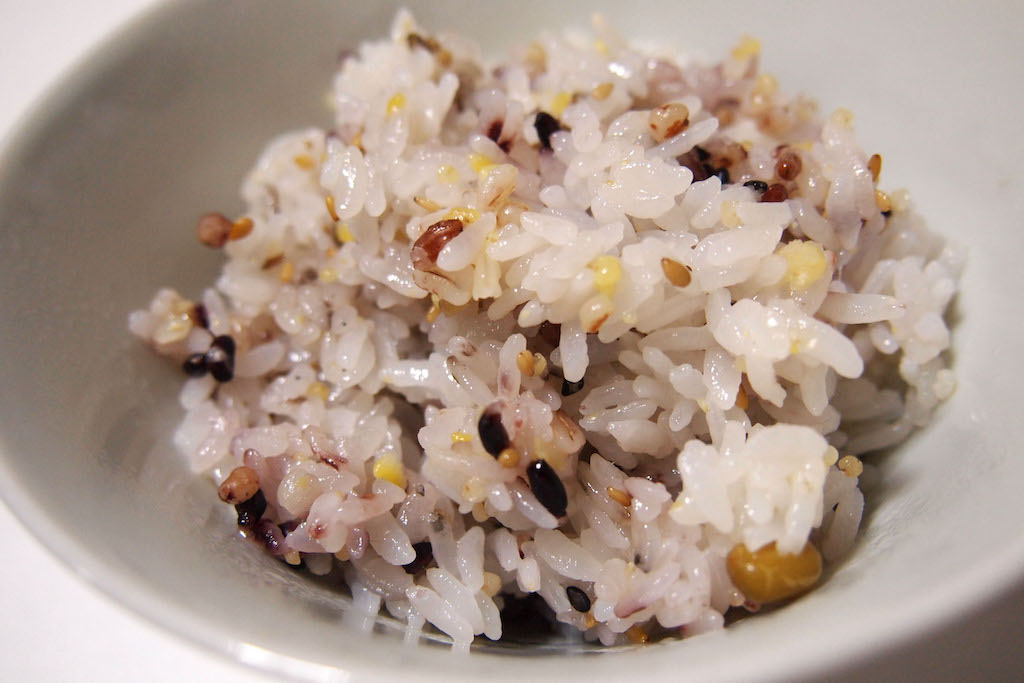
Cooking white rice with various other grains is very popular in Japan. The type of grains can be changed to your liking. The popular types are brown rice, millet, pearl barley, and quinoa.
You can add nutrients such as dietary fiber, minerals and vitamins by mixing these grains.
The texture of the rice become a little chewy and nice. Also, these grains gives you great flavor.
9. Rice with Barley (麦ごはん Mugigohan)
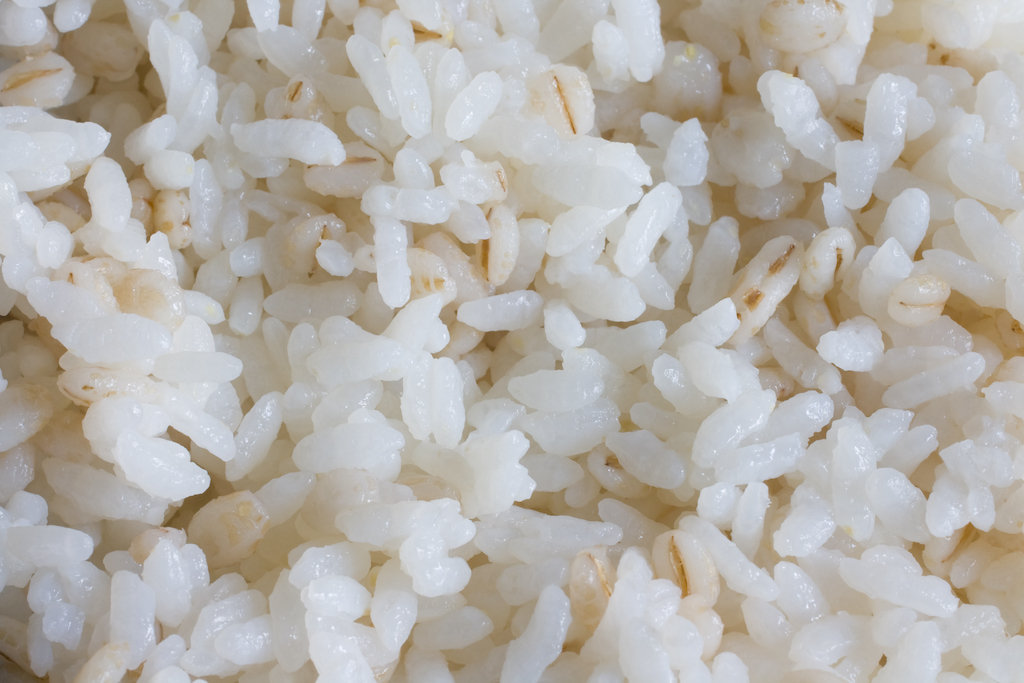
Cooking white rice with only barley is also common in Japan. You can add protein, minerals, vitamins, and dietary fiber contained in barley.
There are some types of barley; some are sticky and others are not sticky. So, you can choose the type to your liking.

